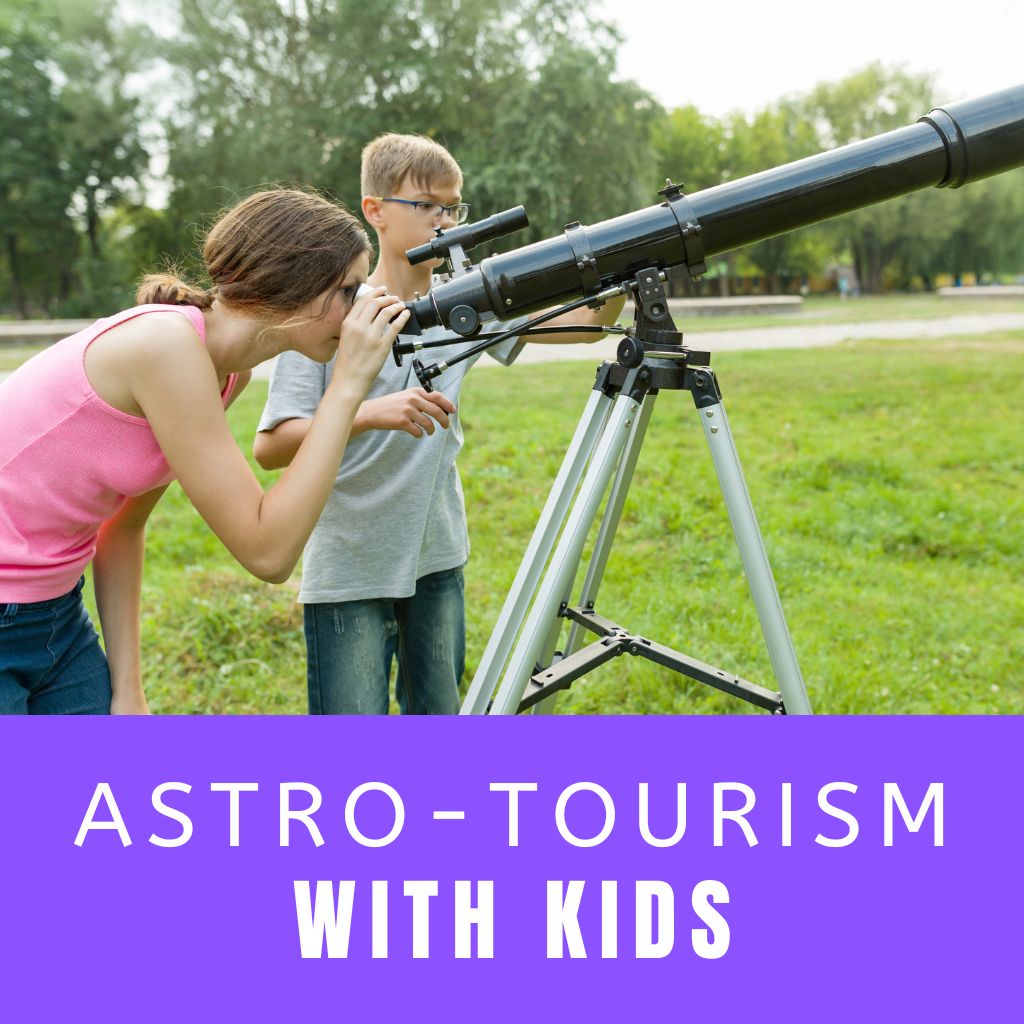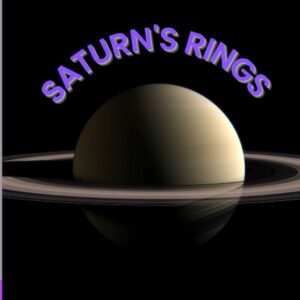This site contains affiliate links to products. I may receive a commission for purchases made through these links.
Astro-tourism isn’t just for rocket scientists and star gazers anymore. It’s become a family-friendly adventure that’s out of this world. Imagine your kids’ faces lighting up as they witness a meteor shower for the first time or their sense of wonder as they explore a space museum.
I’m here to tell you that planning a stellar astro-tourism trip with your family is easier than you’d think. With a bit of preparation and some handy tips, you’ll be ready to embark on an unforgettable journey to the stars.
Choosing the Right Destination
When it comes to astro-tourism, choosing the right destination can make or break your stellar adventure trip. Here, I’ll guide you through the process, making it easier to pick a place that suits your family’s needs and interests.
Astro-tourism isn’t limited to nighttime observatory visits; it encompasses a wide range of experiences, from watching meteor showers to exploring space museums. The diversity of these experiences is what makes astro-tourism a tantalizing option for family adventures.
The first step in choosing a destination is understanding your family’s space-related interests. Are your kids fascinated by the historical conquest of space and want to learn more about astronauts’ lives? Space museums like The Smithsonian’s National Air and Space Museum in Washington, D.C. or the NASA Johnson Space Center in Houston, Texas could be perfect fits.
On the other hand, if your family is taken by the awe-inspiring beauty of celestial bodies, opt for destinations known for their dark skies. The International Dark-Sky Association recognizes locations across the world for their low light pollution levels, making them prime spots for star gazing.
To help with your planning, here is a table highlighting both types of destinations:
| Type | Example |
|---|---|
| Space Museums | The Smithsonian’s National Air and Space Museum, NASA Johnson Space Center |
| Dark Sky Preserves | Big Bend National Park (Texas), Death Valley National Park (California) |
Remember, part of the fun of astro-tourism is immersing yourself in the environment, so choose a location where everyone can enjoy the daytime as well. Some star gazing spots also offer fantastic daytime activities — hiking, wildlife viewing, and exploring historical sites.
Timing Your Trip for Celestial Events
In arguably one of the next crucial steps in planning your stellar family adventure, choosing the perfect time for astro-tourism is just as important as the destination itself. Coordinating your trip with celestial events not only makes the experience more thrilling. It also gives you and your family a unique opportunity to observe astronomical wonders like meteor showers or a lunar eclipse. Let’s explore this a bit more, shall we?
Firstly, meteor showers. They aren’t your everyday occurrences. These fantastic displays of nature are scheduled events that take place at the same time each year. For example, the Perseid Meteor Shower is always in mid-August, while the Leonid Meteor Shower graces our skies every November. Here’s a simple breakdown:
| Meteor Shower | Month |
|---|---|
| Perseid | August |
| Leonid | November |
Remember, it’s vital to check local weather forecasts around the time of these events because cloud coverage could potentially hinder your viewing experience.
Secondly, consider coordinating your trip with astronomical events like a lunar or solar eclipse. Do remember these events are harder to predict years in advance and depend heavily on your geographical location. Coupled with the rarity of total eclipses, makes these events a genuinely unique experience should you chance upon them.
Lastly, apart from meteor showers and eclipses, there are also other fascinating celestial events like the passing of comets or the alignment of planets. While these don’t occur as frequently, they offer an unparalleled opportunity for family members of all ages to learn and admire our incredible universe.
Thus, I can’t stress enough how timing in planning your astro-tourism trip can transform it from an ordinary vacation to an extraordinary space adventure. These experiences will not only pique your family’s interest in astronomy but also create unforgettable memories capturing the magic of the night sky.
Preparing Your Kids for the Experience
Right after selecting a destination and timing the trip, Preparing Your Kids for the Experience is another major aspect that shouldn’t be overlooked. Here is how to spark your child’s interest in astro-tourism and ensure that everyone in the family makes the most of the celestial adventure.
Start by educating them about space. Time spent learning about the stars, planets, and other cosmic entities at home can immensely enhance their astro-tourism experience. The night before you head out, gather the family for an engaging night of stargazing. Use a simple beginner’s telescope or even a stargazing app to identify constellations and other celestial bodies. Not only is this a fun family bonding experience, but it’ll also cultivate a sense of wonder and curiosity in your kids.
Visit the public library or a local bookstore and find some family-friendly space exploration books. Books like There’s No Place Like Space: All About Our Solar System are perfect examples of engaging and informative resources. Digital resources, such as astronomy-themed websites and apps, are another excellent tool. Let your kids explore these resources before, during, and after the trip. It’ll sustain their interest and make them feel more involved in the experience.
Don’t forget about the power of documentaries. Engaging visuals and expert explanations make them a fantastic learning resource. Some highly recommended documentaries include The Universe Series and Cosmos: A Spacetime Odyssey. Watching these documentaries together will not only increase their knowledge but also create a shared experience.
Suit up for the journey with appropriate gear. Invest in a junior space explorer kit. These kits are usually packed with items like a glow in the dark stars and planets for their room, space-themed storybooks, and even a telescope! It’s a guaranteed way to keep the excitement alive and help nurture their newfound interests.
Last but not least, make it interactive and fun. Planning and conducting mini experiments related to rocket propulsion or creating a scaled model of the solar system can go a long way. The idea is to make learning about space as exciting and hands-on as possible. Remember, the goal is an enjoyable educational experience, and with the right mix of planning and preparation, you’re on your way to a stellar family adventure!
Packing Essentials for Astro-Tourism
Once you’ve chosen your ideal destination and educated your kids about what they’ll be experiencing in astro-tourism, it’s time to get down to the nitty-gritty of planning – packing. The items you’ll pack will largely depend on the nature of your destination. That said, there are some must-haves that will cater to all sorts of astro-tourism adventures.
For starters, every parent knows how important it is to cover the basics first. This includes the essentials like:
- Snacks
- Drinks
- First-aid kit
- Common medication
- Cash, and
- ID cards for everyone
From my experience, I’d suggest preparing a checklist to streamline this process. Believe me, the last thing you want is to find out you’ve forgotten something once you’re halfway to your destination.
Moving on to gear that’s specific to astro-tourism. A good telescope is the first thing on the list. There’s a vast range of telescopes available in the market, varying in size and complexity. From portable telescopes perfect for beginners to advanced telescopes for the more expert stargazers within your family, there’s something for everyone.
You can start by reading reviews and checking out forums for advice. If purchasing a telescope seems too daunting or not worthy of the investment, consider rentals that are often available at astro-tourism sites.
Stellar maps and apps can aid your stargazing. They help identify constellations, stars, and other celestial bodies. Plus, they make for exceptional educational tools for the children!
Let’s not forget warm clothes and blankets if your destination gets chilly at night. A sturdy yet comfortable lawn chair or recliner can add to the convenience of stargazing for hours at a stretch.
Finally, depending on whether your location has artificial lighting, flashlights can come in handy. Opt for the red light flashlight as it doesn’t interfere with your night vision. Your astro-tourism experience is likely to be a nocturnal one, after all!
Engaging Activities for Kids during the Trip
Astro-tourism isn’t just about stargazing in the serenity of the night. I’m a firm believer that the journey holds as much importance as the destination. It’s essential to keep the youngsters entertained and engaged during the trip. In my experience, blending fun with education ensures the kids learn something new on the go while also enjoying the process.
One such effective method involves Stellar Storytelling. The universe and its celestial beings are riddled with fascinating stories and mythologies, from Greek to Hindu to Native American and more. I’ve found that kids become deeply intrigued as they listen to captivating tales of Orion, The Big Dipper, or Draco. They’ll not only learn about different constellations, but also appreciate diverse cultures and traditions around the world. Storytelling has the power to spark curiosity – the very basis of exploration and learning.
On the practical side, Star Chart Treasure Hunting is another game I recommend. Young minds love adventure! Hide a ‘treasure’ and hand them a star chart with hints embedded within. As they set out to decode the star patterns and correlations, they end up getting familiar with the night sky layout. This exercise can even help develop problem-solving and observational skills.
One more suggestion for the journey is to bring a DIY Constellation Kit. Store-bought kits are available, or you can make them at home with black paper, a pencil, and a flashlight. Drawing constellations and punching holes to let the light through emulates the night sky, providing a hands-on way for kids to learn about different star formations.
Infusing these activities into your astro-tourism journey will keep the kids occupied during the day and anticipate the nightly star-studded display even more.
Conclusion
Astro-tourism isn’t just about stargazing; it’s also about creating memorable experiences for your family. With activities like Stellar Storytelling and Star Chart Treasure Hunting, you’re not only exposing your kids to the wonders of the cosmos but also teaching them about different cultures and honing their problem-solving skills. And don’t forget the DIY Constellation Kit – it’s a fun way for kids to learn about star formations.
Remember, it’s all about making the trip as engaging and educational as possible for your little astronomers. So pack your bags, prepare your telescopes, and get ready for a family trip that’s out of this world! Stay tuned for tips on making your astro-tourist site more camp-friendly in our upcoming post.






